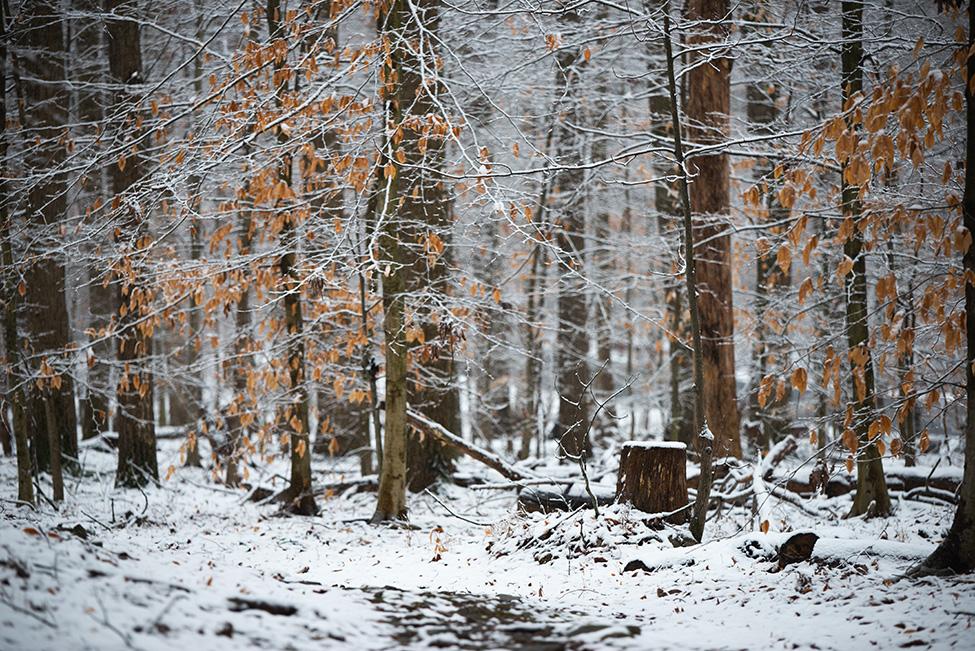Last year’s winter issue of Branching Out included a link to a survey which invited you, our readers, to provide feedback on the content of the newsletter. One of the results of the survey was that you wanted to learn more about the native trees in our landscape. With that in mind, we have a new feature to share, starting in this issue. Our UME Forest Stewardship Educator John Hooven will be writing a new column entitled “Native Trees of Maryland." Here’s what he has to say about the column:
Maryland is an envious and unique state for native tree and shrub species. Geographically, it is in the mid-latitude temperate zone along the east coast of North America. It hosts not only a humid maritime climate but towards western Maryland, it also hosts a humid continental environment. The state also has elevations at sea level climbing to around 3,500 feet above sea level in the west with the Appalachian Mountains cutting across the panhandle of the state. There are many rivers and watersheds including the Chesapeake Bay estuary that run through the state. Therefore, Maryland is in a unique region for species diversity. Maryland is able to host southern species at the northern fringe of the geographic range along with northern species reaching their southern limits. Overall, there are over 120 species of trees that call Maryland home. We will be exploring many of these species in this new column.
John’s first installment takes a look at the Maryland state tree, the white oak, and can be found here.
Also inside this issue is information about a change to one of the Woodland Stewardship Education’s long-running programs. Our webinar series has a new name for 2024, “Land and Wildlife Speaker Series.” It reflects our interest in covering a wider range of topics related to Maryland’s ecosystems. Learn more about the first three webinars in the series in the callout on the main page for this issue.
On our News and Notes page, read about the state’s progress towards Maryland’s goals of planting five million trees by 2031. It’s an ambitious program, and is making changes locally and statewide.
Meanwhile, the WSE is assisting these changes with an effort that’s going on behind the scenes. The DNR contacted us last year about enrolling some of their “5 Million Trees Initiative” (5MT) specialists in the upcoming session of the General Forestry Course; we felt that a special off-season session would best serve the needs of both the general public and the DNR.
Consequently, several 5MT specialists and other DNR forestry and ecosystem specialists are now in the midst of an accelerated version of the course, expanding their knowledge of silviculture and the business of forestry, which is a change to our usually-mostly-quiet February.
Meanwhile, we prepare for the next session of “The Woods in Your Backyard” online. We invite you to join us so that you can make your own changes in your own woodlands.
